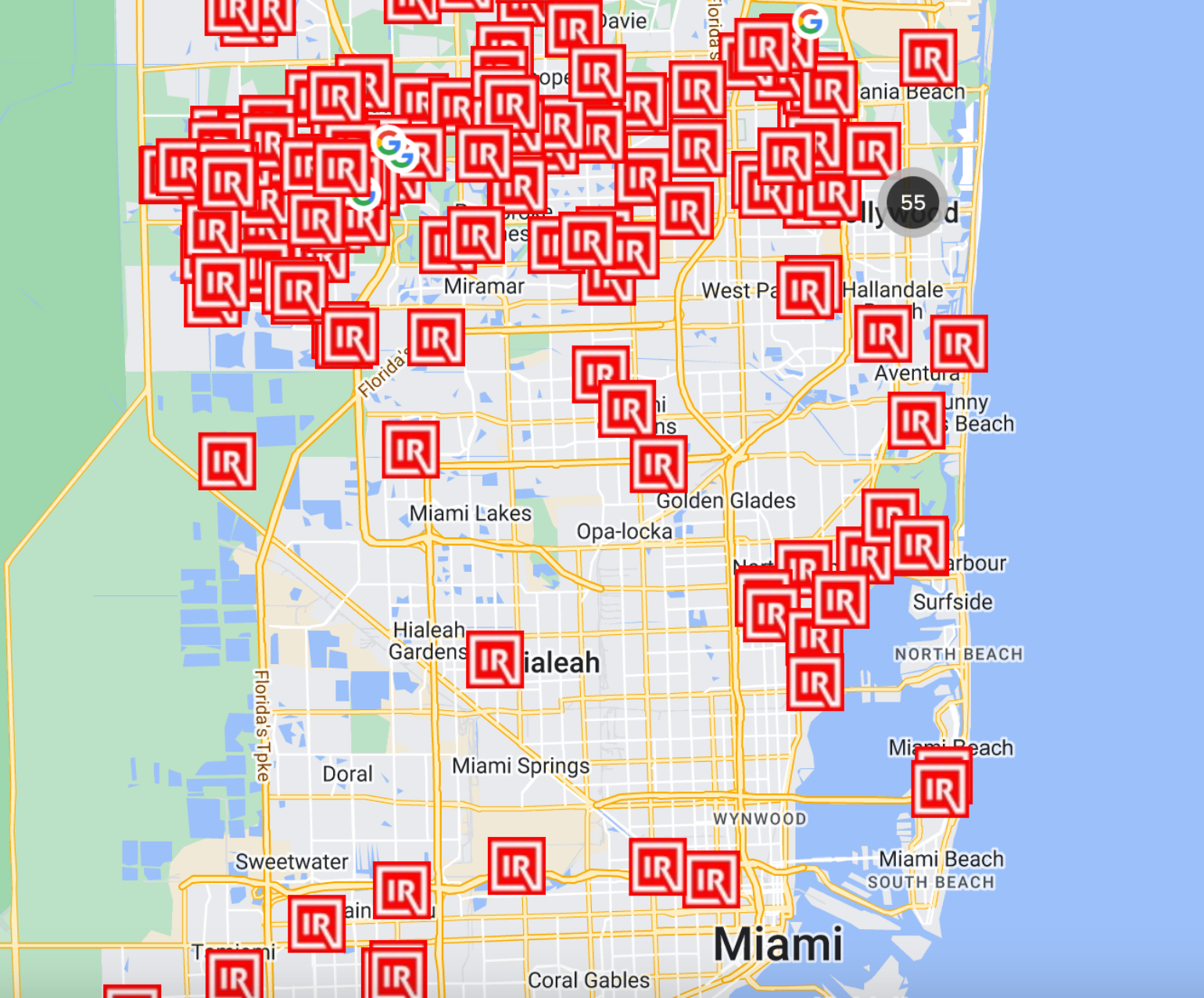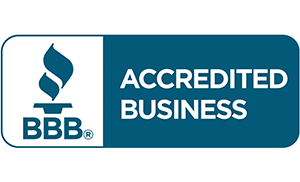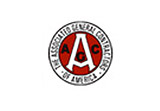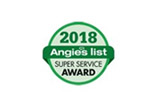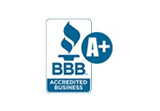Wind damage to roof structures is common in areas prone to storms, hurricanes, or high winds. According to The Liberty Company Insurance Brokers, the frequency of claims submitted for roof damage has skyrocketed nationwide.
The roof is the first line of defense against the elements, and when compromised, it can significantly damage your home’s interior and structure. Understanding how to identify and repair wind damage to your roof is essential for maintaining the safety and integrity of your property.
This article will discuss how to spot wind damage, prevent further issues, and fix roof damage before it becomes a bigger problem. Keep reading to learn more.
How to Spot Wind Damage to Roof Structures
Wind damage may not always be immediately apparent. However, early detection can save you from costly repairs down the line. Consider the following.
1. Inspect the Roof Surface
Start by inspecting the roof’s surface for any visible signs of damage. High winds can lift shingles, tiles, or metal panels, causing them to become loose or even detach completely. Pay special attention to areas where the roof is most vulnerable, such as the corners and edges.
2. Check for Granule Loss
If you have an asphalt shingle roof, look for granule loss. Granules are the small, sand-like particles that coat the surface of the shingles. Wind can strip granules off, exposing the underlying material. Granule loss weakens shingles, making them more susceptible to rain and UV damage.
3. Look for Leaks and Water Damage
Wind can cause shingles or tiles to shift, creating gaps that allow water to seep in. Check your attic or ceilings for signs of water damage, such as:
- Stains
- Mold
- Damp spots
4. Examine the Flashing and Vents
The flashing around chimneys, skylights, and vents is especially vulnerable to wind damage. High winds can lift or damage flashing, causing gaps where water can enter. Similarly, check the roof vents and exhaust pipes to ensure they are intact and properly sealed.
5. Check for Structural Shifts or Settling
Sometimes, wind can cause the roof to shift slightly, leading to uneven areas or sagging. If you notice any structural shifts or settling, this could be a sign that the roof has been compromised and needs further inspection.
Roof Damage Prevention
Preventing wind damage is always better than having to deal with repairs later. While you can’t control the weather, there are several steps you can take to maintain your roof.
1. Install Wind-Resistant Roofing Materials
Use materials, such as:
- Impact-resistant shingles
- Metal roofing
- Concrete tiles
Metal roofs, in particular, are known for their durability and resistance to extreme weather conditions.
2. Regular Roof Inspections
Roof inspections can help spot wear and tear, loose shingles, or other issues that could lead to wind damage. If you live in an area prone to hurricanes or severe storms, scheduling inspections after major weather events is important.
3. Trim Nearby Trees and Branches
Overhanging tree branches can cause roof damage during high winds. If a branch is blown onto the roof, it can break shingles or puncture the roof material. Regularly trimming trees around your home will reduce the chances of branches damaging your roof in a storm.
4. Reinforce the Roof Structure
Reinforcing the roof structure, especially if your home is in a wind-prone area, can help it resist severe weather. Some homeowners may need to have their roof deck secured with additional fasteners or straps to improve its wind resistance.
5. Install Impact-Resistant Roof Coatings
For extra protection, consider applying an impact-resistant coating to your roof. These coatings add an extra layer of defense against wind and debris, helping to prevent roof damage during storms. While not a replacement for strong roofing materials, they can offer added peace of mind.
How to Fix a Roof After Wind Damage
If your roof has already suffered damage, the next step is to fix it promptly to prevent further deterioration. Here’s a step-by-step guide on how to repair wind damage.
1. Temporary Repairs
Cover exposed areas with tarps or plastic sheeting and secure them with ropes or weights. This will prevent rainwater from seeping into the roof and causing further damage.
2. Remove Damaged Shingles
Remove any damaged or loose shingles once the storm has passed, and it’s safe to access your roof. Use a pry bar or roofing shovel to lift the damaged shingles carefully. Remove any nails or fasteners that could cause injury or prevent the new shingles from fitting correctly.
3. Replace Missing Shingles or Tiles
After removing the damaged materials, replace them with new shingles or tiles that match your existing roof. Ensure that the new shingles are correctly aligned and securely fastened with roofing nails or screws.
4. Repair Flashing
If the flashing around chimneys, vents, or skylights has been lifted or damaged, it must be repaired or replaced. Use roofing cement or a sealant to reattach the flashing and seal any gaps to prevent water penetration.
5. Repair Roof Decking or Underlayment
If the wind has caused damage to the underlying roof decking or underlayment, it may need to be replaced. This type of repair should only be done by a professional, as it requires removing the damaged materials and installing new ones to restore the roof’s integrity.
When to Call a Professional Roof Repair Service
While DIY repairs can address minor damage, more severe damage or issues with the roof’s structure should always be handled by professionals. If you’re unsure about the extent of the damage or lack the experience to perform repairs safely, it’s best to call a roofing contractor.
What to Know About Wind Damage to Roof Structures
Wind damage to roof structures can risk safety and lead to costly repairs. You can protect your roof and home with proactive maintenance and by taking the necessary steps to address any wind damage immediately.
With over 40 years of combined experience, Innovative Roofing holds the industry’s top certifications, including GAF’s Master Elite and Master Select status. We are proud of our work and how we deliver it to our clients. Contact us today, and experience why we’re a roofing company you wouldn’t hesitate to refer to your friends and family.



